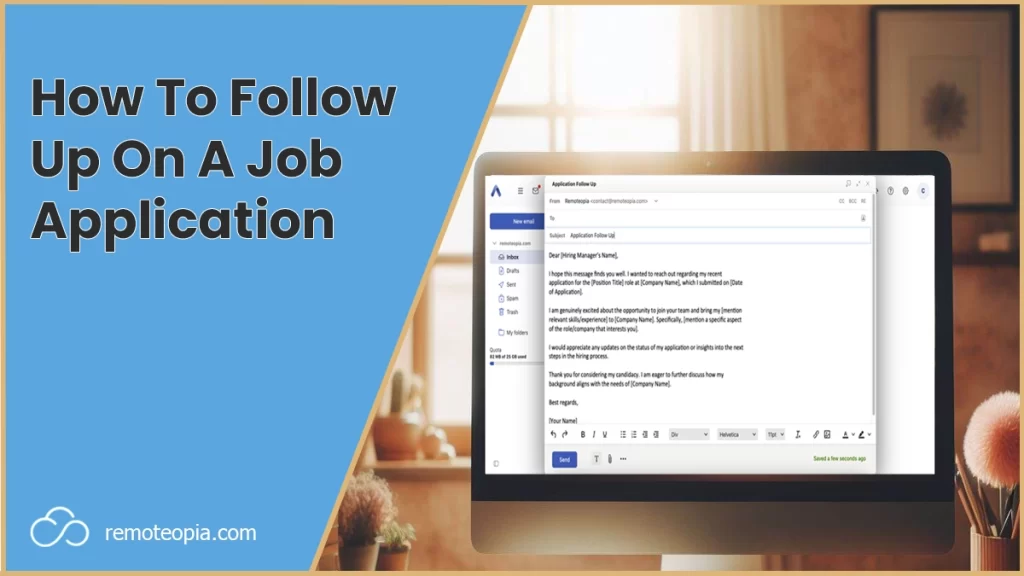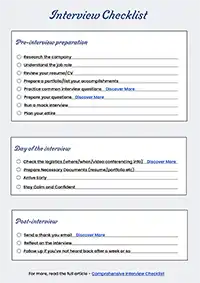
After submitting a job application, the waiting game begins and can be one of the more nerve-wracking parts of job hunting.
A good follow up can demonstrate your interest and enthusiasm for the role, and keep your application at the forefront of the hiring manager’s mind.
Generally, a period of one to two weeks is advisable before reaching out, unless the job listing specifies otherwise.
Through a polite and concise email or phone call, you can reinforce your qualifications, express your strong interest in the position, and inquire politely about the status of your application.
Understanding the nuances of this process could potentially set you apart from other applicants and edge you closer to landing the job.
Key Takeaways
Strategies For Following Up
Let’s take a look at some tactful ways you can cater your follow up approach.
Timing Your Follow-Up
As mentioned, give employers at least one to two weeks to process your application.
Having been the hiring manager a number of times I can tell you the amount of resumes to get through for one job can take a long time. Waiting at least a week demonstrates respect for the hiring process and patience on your part.
Choosing the Right Method
Deciding between an email or phone call depends on the company culture and your level of comfort.
Email is often preferred as it’s less intrusive, allowing the receiver to respond at their convenience.
However, a phone call can convey a more personal touch—use it if the job listing encourages calls, a sales role for example, or if you have had prior positive interaction with the company.
Crafting Your Message
Your follow-up communication should be concise and professional.
Start by mentioning the position you applied for and the date of application.
Express continued interest in the role and reference any new accomplishments that may boost your candidacy.

Interview Preparation Checklist
Free interview checklist to help you stand out from the competition
Common Do’s and Don’ts
In your follow up it’s essential to strike the right balance between persistence and politeness.
Here are the specific actions you should take, and those you ought to avoid.
The Do’s of Job Application Follow-Up
The Don’ts of Job Application Follow-Up
Job Application Follow Up Email Template
Getting the content of your follow up right can be integral to success.
You want to grab the hirer’s attention, be concise and to the point whilst showcasing how you’re a good fit for the job.
Use this free application follow up template to help guide you. Make parts bespoke to your expertise and the roll where need be.
Summary
Good luck with your application!
If you need some more resources for your interviews, the below come with some useful pointers:
Frequently Asked Questions

James Waite
Founder of Remoteopia, James has worked in remote roles for 6 years. After a stint in recruitment, he now works as a director of website strategy in tech.




